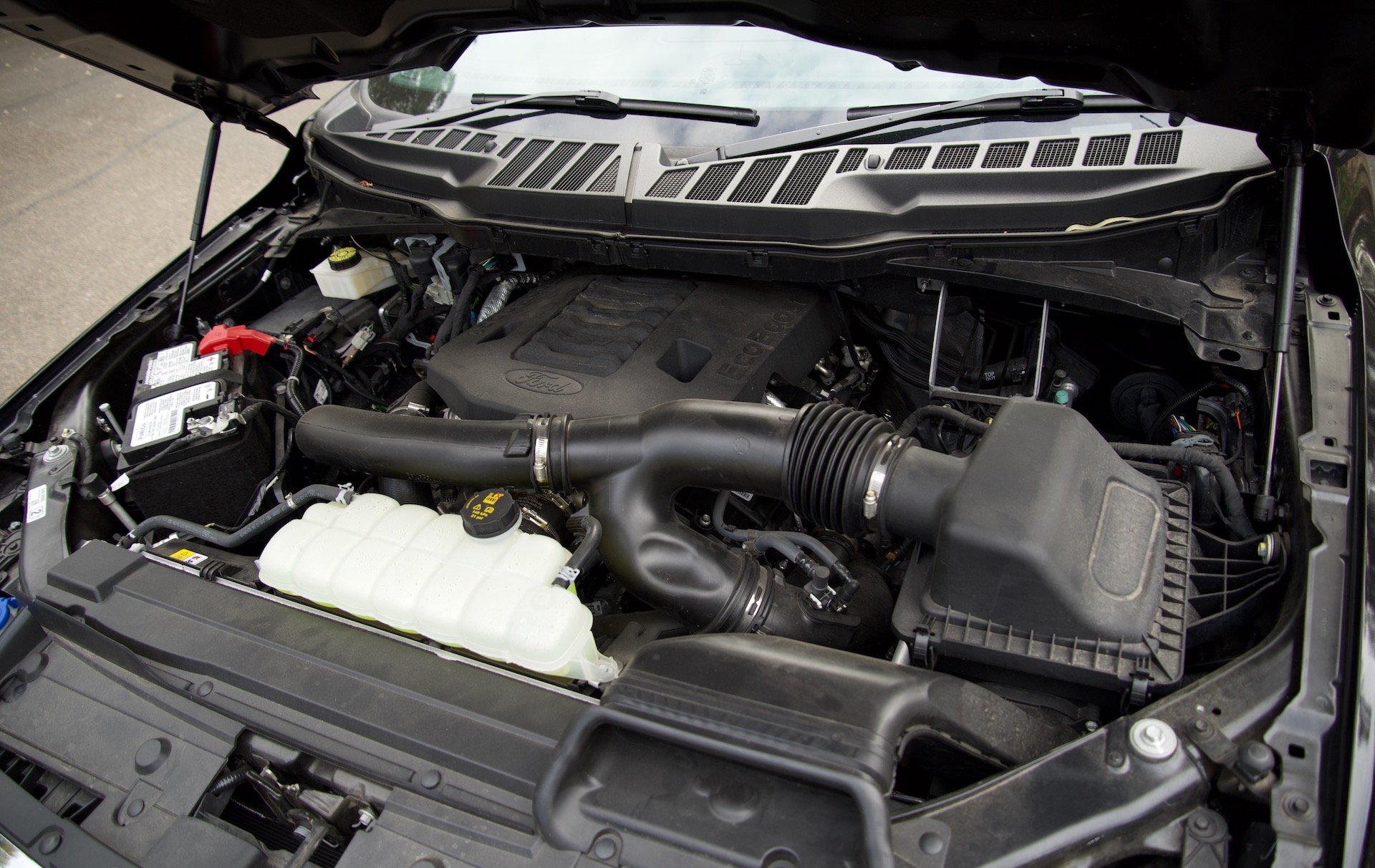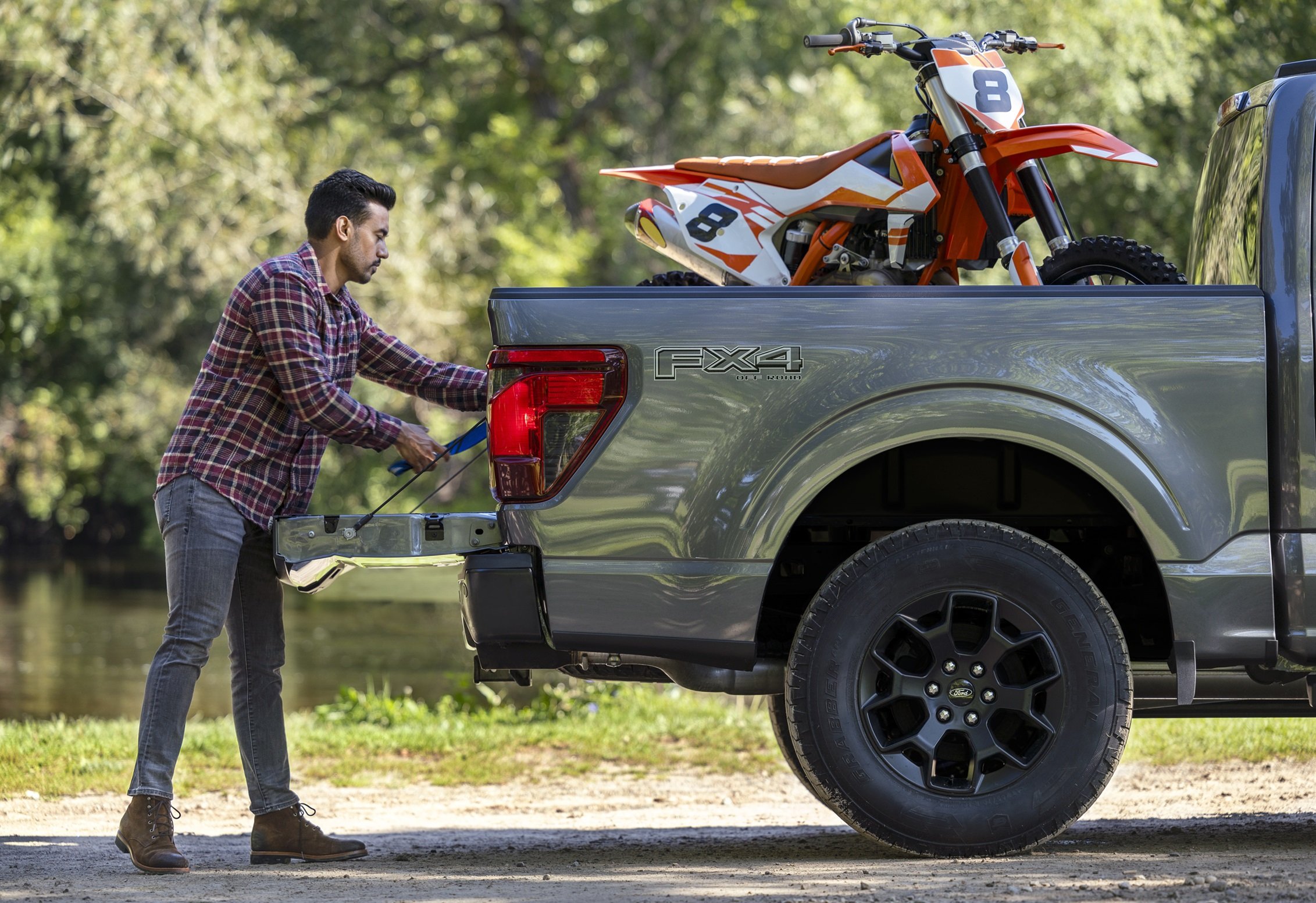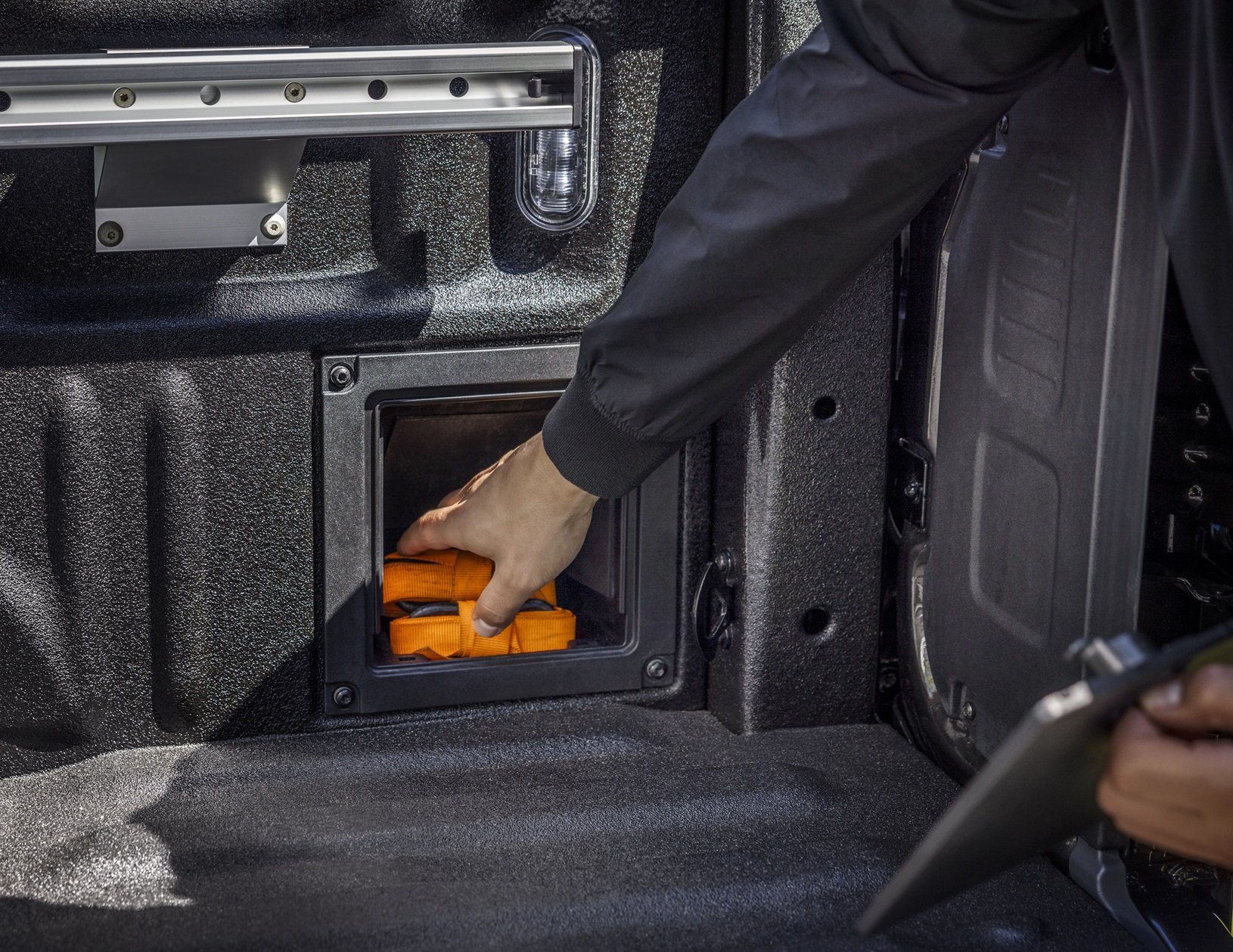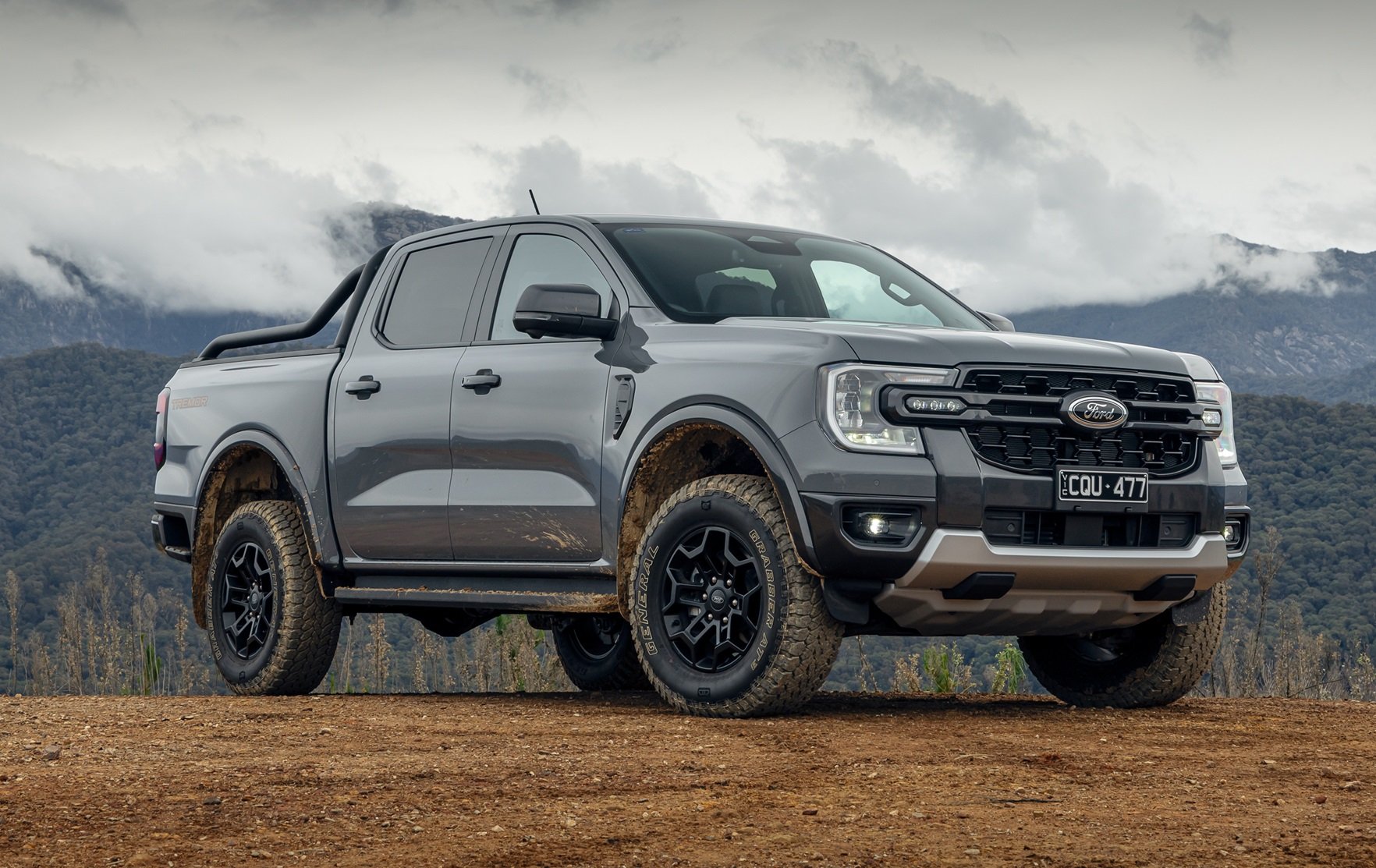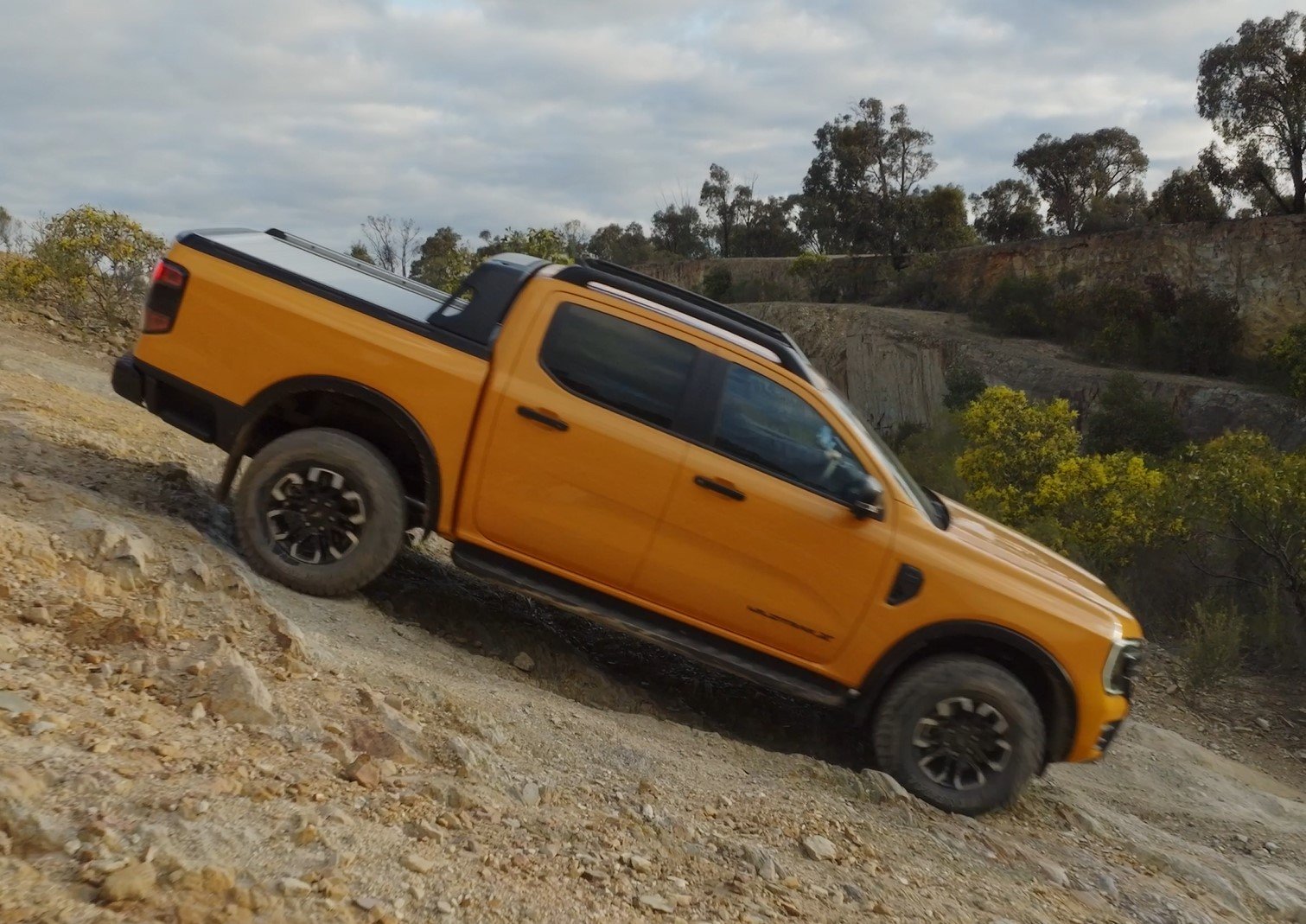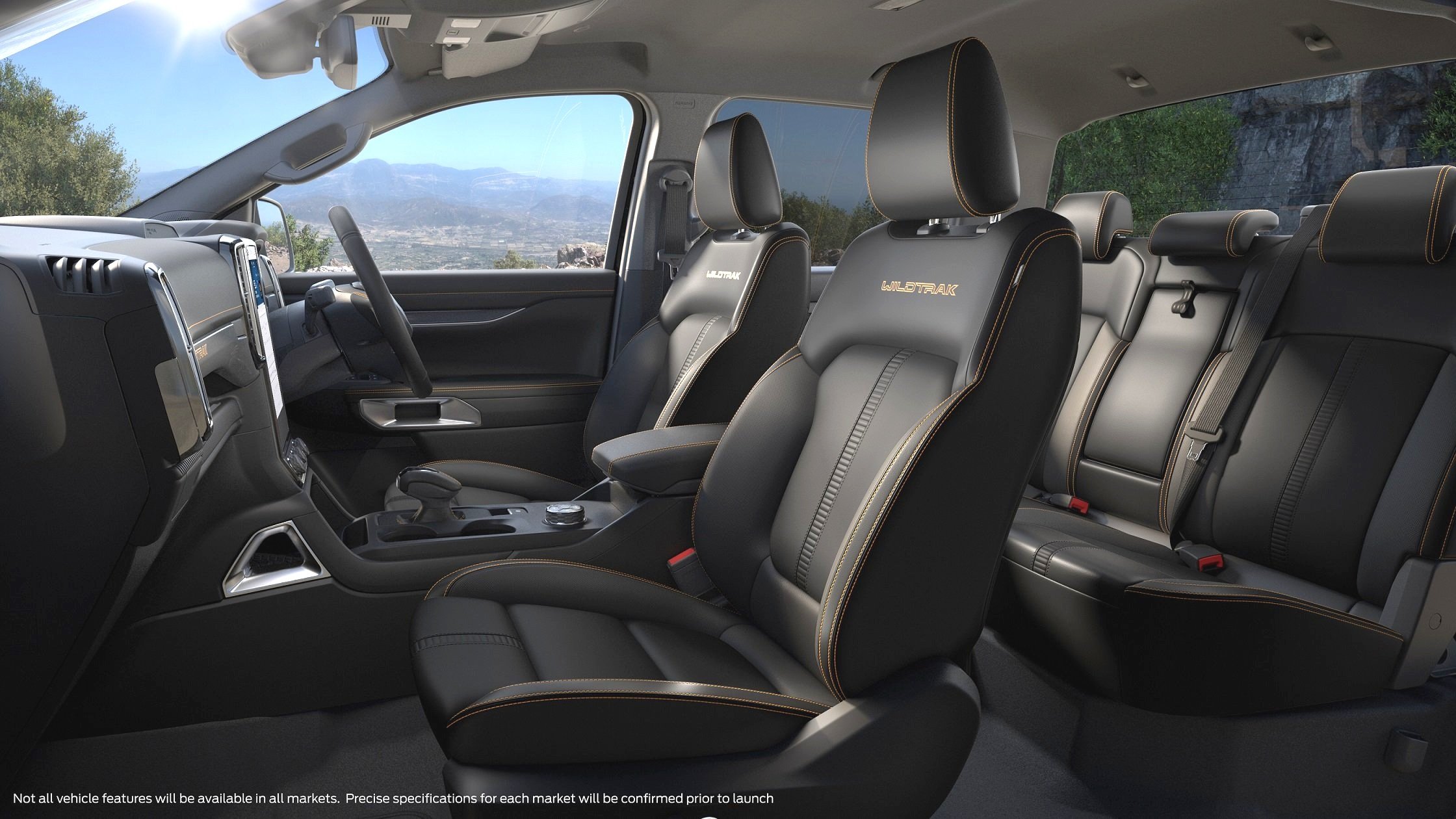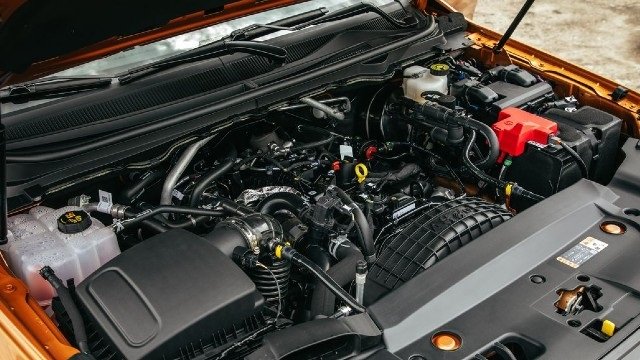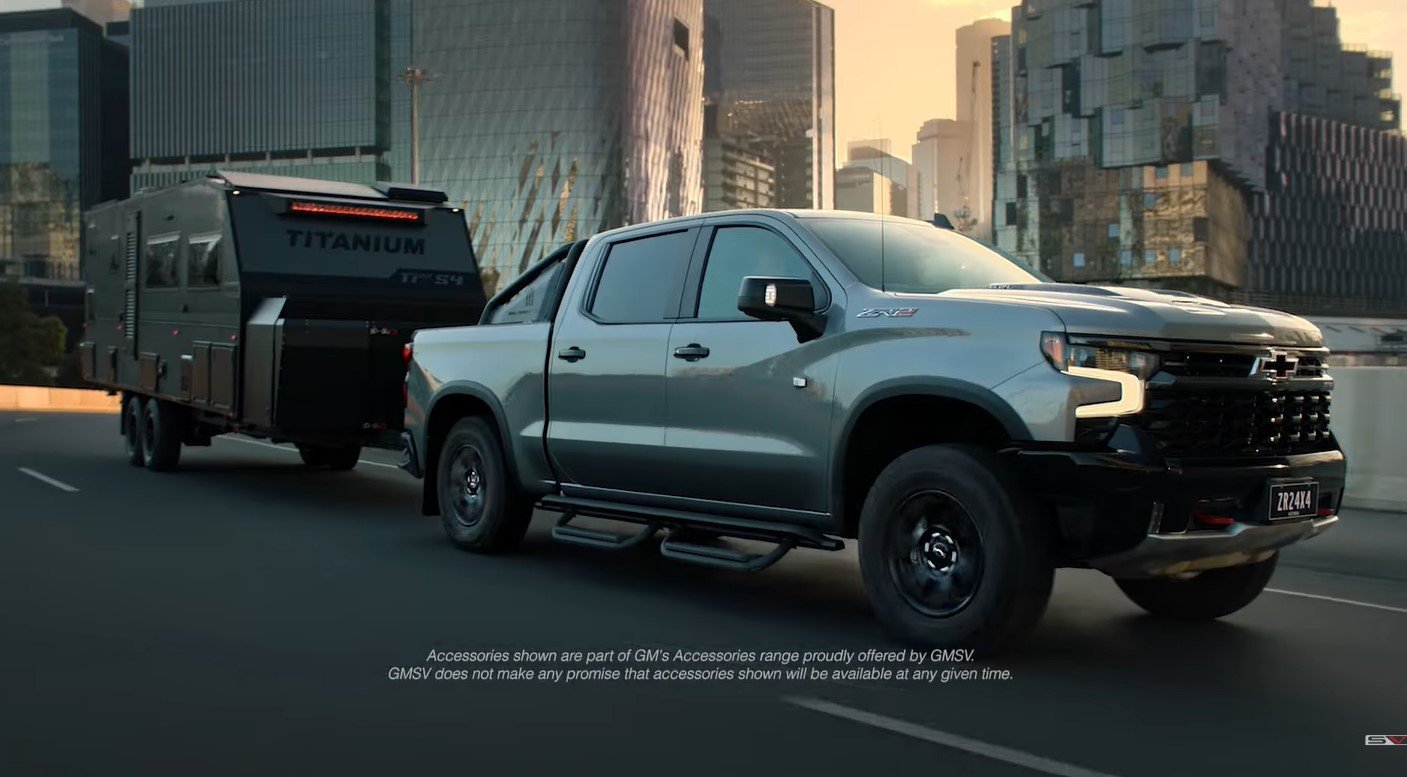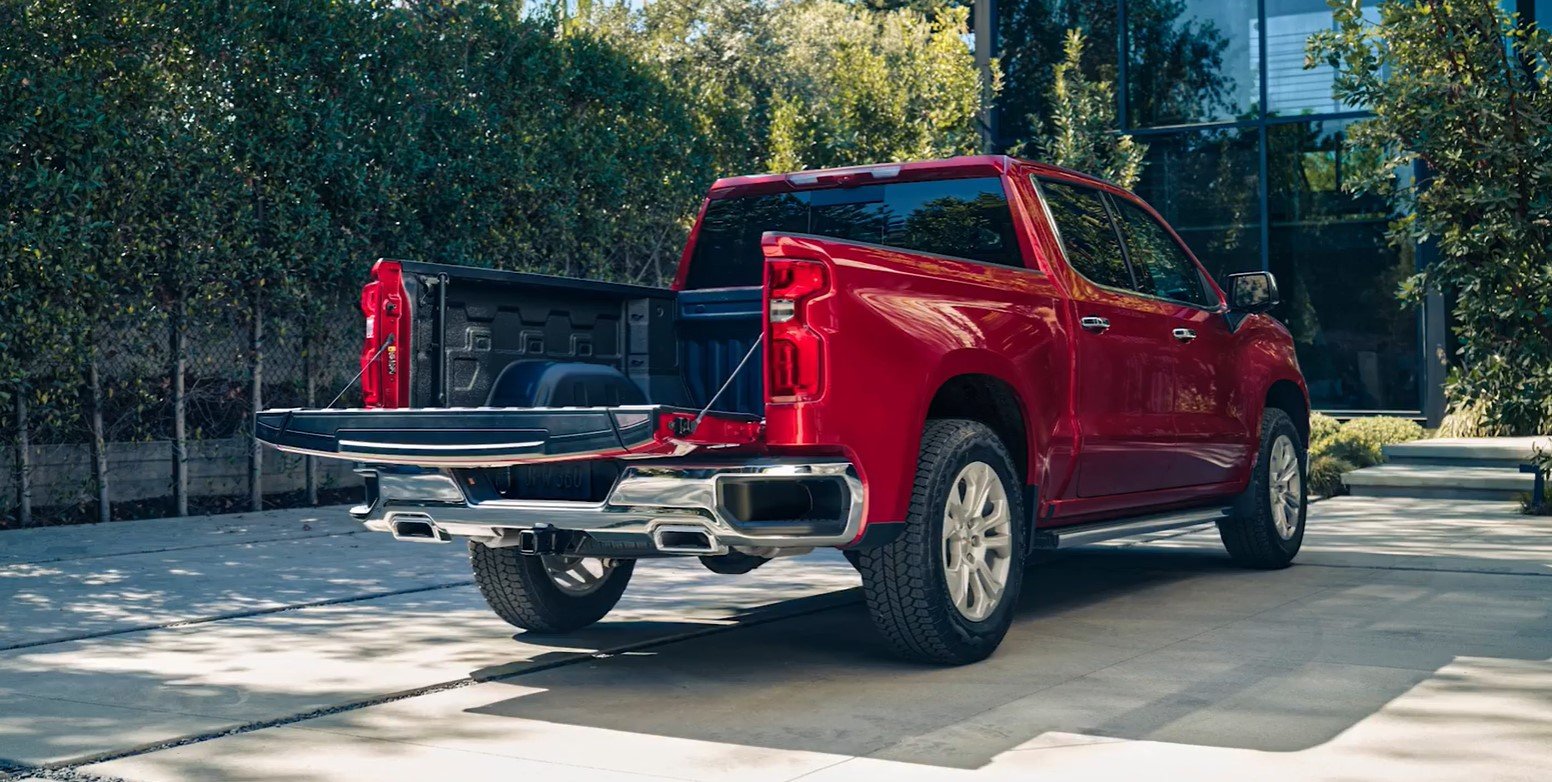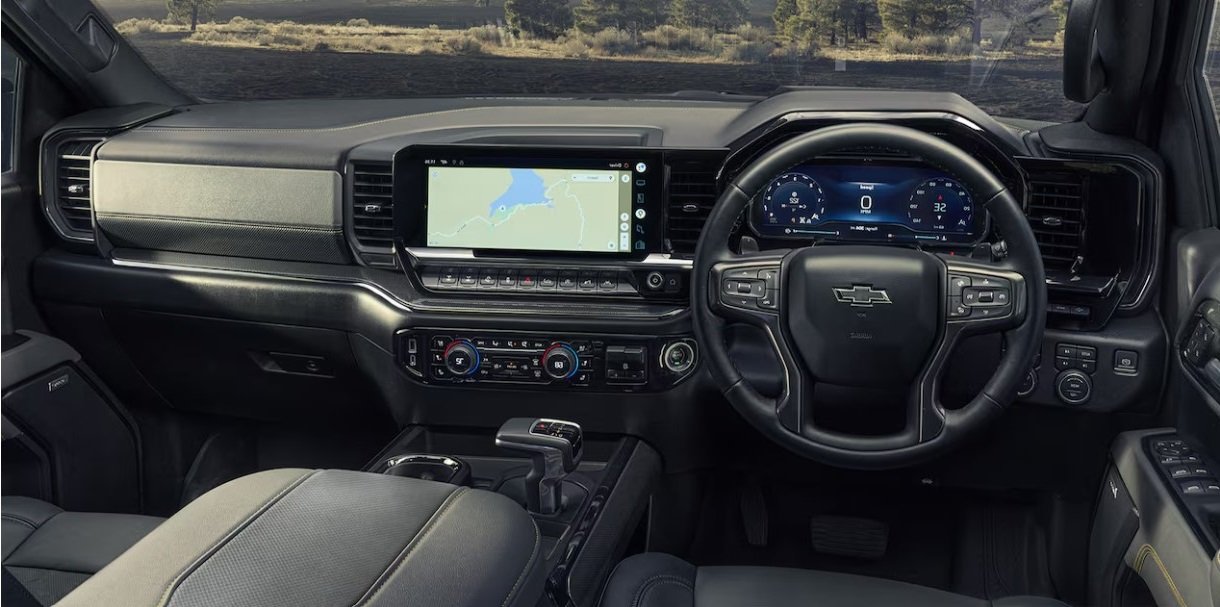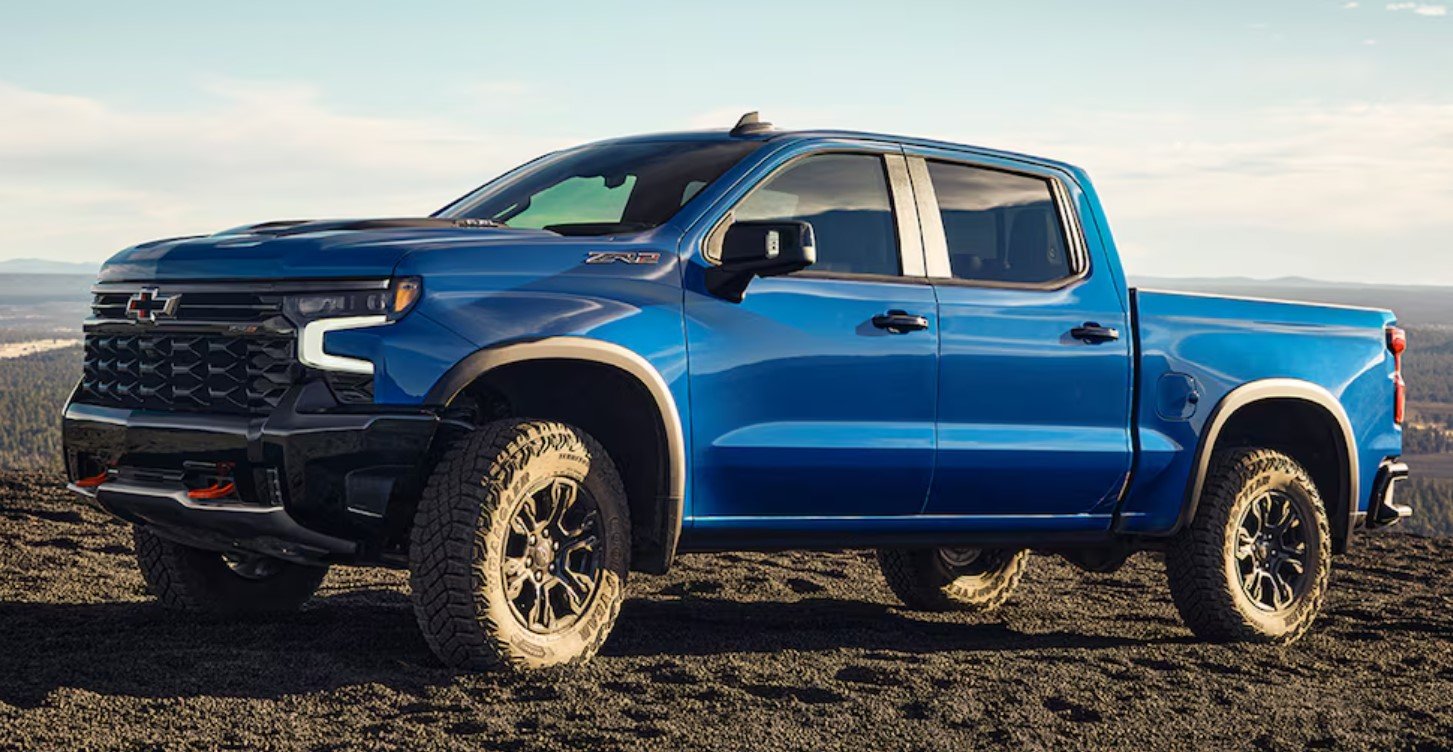Ford F-150 review and buyer’s guide
The Ford F-150 is popular in the United States for a reason, it’s not just a cultural icon and a comfortable truck, it’s highly functional. There’s a reason American pick-ups are gaining traction in Australia.
The Ford F-150 is one of the biggest selling vehicles in automotive history and in 2023 it was still the fourth highest selling model globally, because it has appeal that only few can match.
Electric vehicle sales might have ballooned thanks to subsidies, but the F-150 continues to sell close to a million units (almost the as many as Australia’s entire annual market) without a single subsidy. The F-150 is more than an icon, it is a way of life for North America, as that appeal is spreading in Australia.
If you need a big ute, there are a number of options on the Australian market now. You’ve got the Chevrolet Silverado, the RAM 1500, and now this; the Ford F-150. It’s too big and cumbersome for the city, at least according to the mainstream media and professional complainers in local councils and mayoral offices, but if you absolutely need a utility vehicle that can take passengers in comfort and a bunch of heavy equipment or cargo in the tray, or a 4500kg towing capacity, then an F-150 is worth considering.
The F-150 is the best-selling vehicle in America and is one of the best-selling vehicles in the world, of all time - consistently. But up until recently, the only way to get your hands on one in Australia was through an importer. Now, the nameplate is officially available at local Ford dealerships.
Ford Australia has the F-150 shipped over from America and then converted to right-hand drive by a team based in Melbourne, under the Walkinshaw Group umbrella. So it is not a genuine right-hand model from the factory, rather, 're-manufactured' here in Australia to get the steering wheel and dash configuration on the right side. At least it’s sanctioned by the brand, and that’s what counts. It’s just a shame Ford Australia isn’t exceptional at customer support, historically, on a six-figure pick-up truck.
Download the official Ford F-150 spec sheet here >>
FEATURES & PRICING
There are four different variants, including the XLT and the Lariat, and these can be had in short wheelbase (SWB) or long wheelbase (LWB) form. Only one powertrain is available in Australia; a 3.5-litre twin-turbo EcoBoost V6 petrol paired to a 10-speed automatic with selectable RWD/4WD.
Prices start from $106,950 for the XLT SWB and top out at $140,945 for the LWB Lariat. They aren’t cheap, and certainly not compared with their respective prices in the USA. However, the shipping and RHD conversion process does soak up some of that cost.
It's worth noting the F-150's entry price is lower than the rival Chevrolet Silverado's entry price of $130,500, but more than the outgoing entry RAM 1500 Express, from $98,950 (all excluding on-road costs).
XLT comes with:
Tray
Inner tie downs
BoxLinkTM with four premium locking cleats
Tailgate with flexible step & work surface
Tough BedTM Spray-In Bedliner
Power tailgate lock
Audio/Visual
8-inch LCD portrait touchscreen
8-inch digital instrument cluster
Apple CarPlay & Android Auto
Built-in satellite navigation
Digital Audio (DAB+)
Cabin
Cloth seats
12-way power driver seat
10-way power front passenger seat plus manual seat back recline
60/40 split rear seat with under seat storage
Adjustable power pedals
Dual-zone electronic automatic climate control
Rear air vent registers
Mobile office - interior work surface
Driving
Steering wheel reach & height adjust – manual
Rear view camera
Cruise control (standard type)
Tyre pressure monitoring
Rear parking sensors
20-inch alloy wheels, all-terrain tyres, full-size spare
Driver assist features
Blind spot monitoring with rear cross-traffic alert - includes trailer coverage
Lane keeping, road edge detection, driver alert
Autonomous emergency braking
Reverse brake assist
Lariat adds:
Tray
12v Socket in bedliner
Tailgate power release & close
Audio/Visual
12-inch LCD portrait touchscreen
12-inch digital instrument cluster
Wireless charging
Cabin
BANG & OLUFSEN premium sound system
Ambient lighting
Heated & ventilated front seats
Heated rear seats (outboard seats only)
Leather wrapped steering wheel
Power sliding rear window
Power twin panel moonroof
Driving
Adaptive cruise control
360-degree camera
Steering wheel reach & height adjust – power with memory
Rain sensing windscreen wipers
LED daytime running lamps, front fog lamps & taillamps
Driver assist
Evasive steer assist
Intersection assist
INTERIOR
Step inside and you're greeted by an expansive and practical interior. The Lariat trim boasts leather upholstery, heated and cooled front seats, and a plethora of tech features, including a 12-inch centre touch-screen running Ford's Sync 4 running software, with Apple CarPlay/Android Auto connectivity.
Dropping back to the XLT grade sees the multimedia downgraded to an 8.0-inch screen. Although, it runs the same Sync 4 and offers the same connectivity capability. Both screens offer a simple presentation of apps and functions, but the graphics and colour spectrum leave room for improvement.
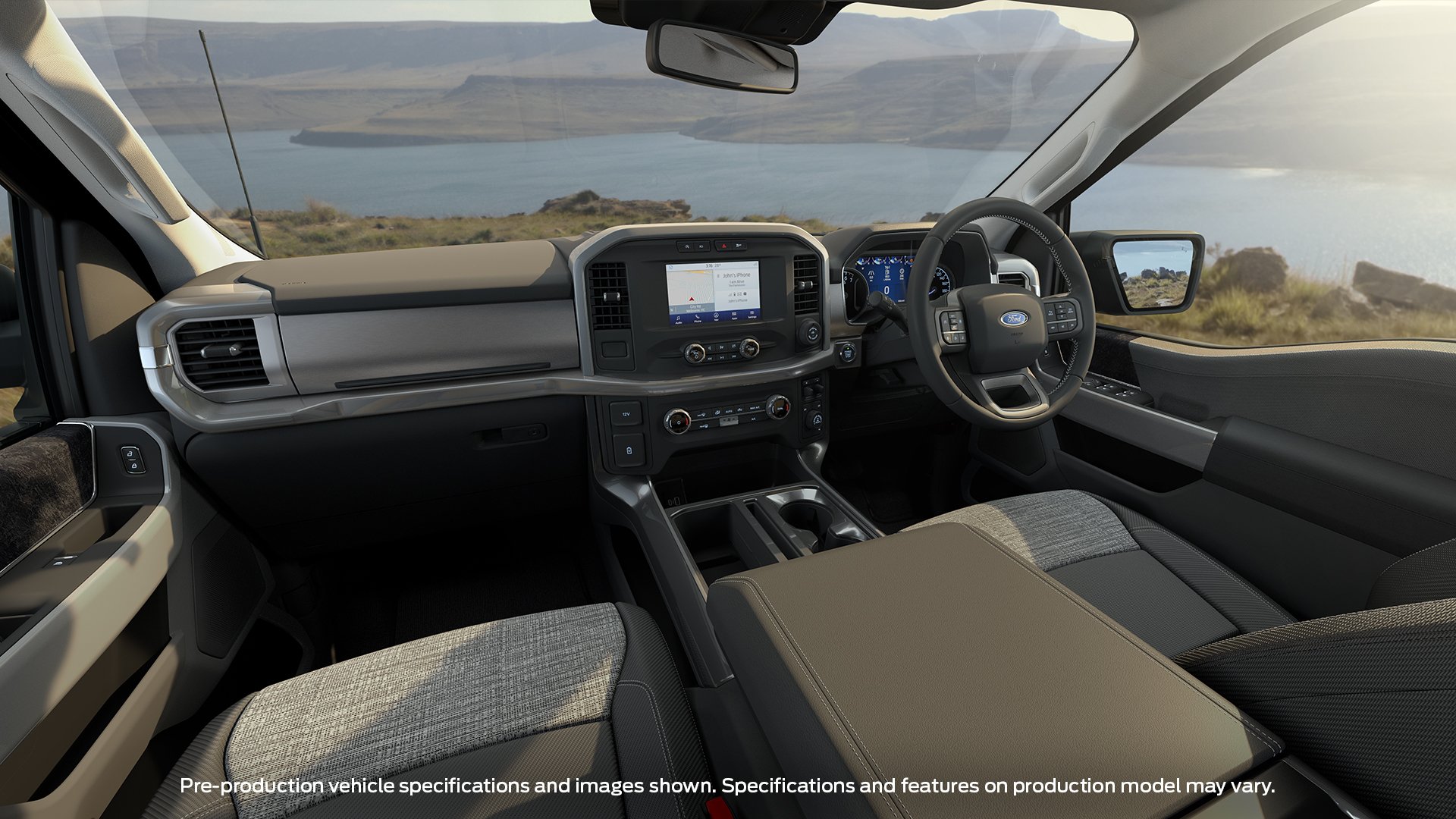

The centre console is massive, offering ample storage and a fold-down gear shifter and flip-over centre console lid/desk for additional workspace in the Lariat. A similar flip-over desk is featured in the XLT as well, but the gear shifter is a column-mounted type, so it doesn't have the theatrical effect of the folding shifter.
Passenger space is abundant. You'd need to be an NBA player to get anywhere near the ceiling, and legroom, even just lateral footroom, is massive. Rear passengers are treated to an abundance of space as well, a flat floor, and heated seats on the Lariat, ensuring comfort on long journeys.
Lots of pockets and storage options are spread throughout the cabin, including within the chunky door cards, front and rear. You've also got plenty of device charging facilities in the front and back.
I'll help you save thousands on a dual-cab ute or pick-up truck
Just fill in this form.
No more car dealership rip-offs.
Greater transparency.
Less stress.
ENGINE
Under the bonnet is a 3.5-litre EcoBoost twin-turbo V6 petrol engine. It cranks out an impressive 298kW and 678Nm, as mentioned, providing robust performance whether you're on the highway or towing a heavy load.
Despite missing out on the V8 offered in America, the V6's power delivery is smooth and potent. It can handle heavy loads and high-speed overtaking with ease, and it is very quick, clocking a 0-100km/h time of just six seconds.
The engine produces maximum torque from 3100rpm, so it isn't as instant as a turbo-diesel but the mid-range is seriously strong. If you want grunt, just let it rev a little bit and it will peel the tread off the tyres. The torque, and amount of it, sometimes catches you in surprise.
Peak power then arrives at 6000rpm. At this tempo the engine gives off a roaring moan. It doesn't sing like some six-cylinder engines, but it sounds forceful with anger in reserve. At highway speeds you can barely hear it, which means long road trips are comfortable and relaxing.
TRANSMISSION
The power from the V6 is managed by a 10-speed automatic transmission, offering seamless gear changes and good efficiency. Although 10 ratios is a lot, and at times it does seem like too many in other Ford applications. However, in this, the gears feel reasonably spaced and it doesn't hunt around.
The transmission is matched to a dual-range transfer case with 2H, 4H, and 4L settings, so you can switch between drive modes to handle different conditions. The Lariat adds a 4A mode, which allows you to drive on tarmac with the benefit of four-wheel drive grip, without winding up the axles.
TOWING
There’s isn’t much an F-150 cannot tow. The problem is choice. If you choose to tow something heavy, you have to acknowledge this is going to add significantly to the already segment-leading fuel consumption.
Look, this is a big vehicle. So don't go expecting a nimble experience in the city. In fact, you’re notionally better off just staying away from the inner-city if you can - the short wheelbase version spans almost six metres in length (5884mm). That's too long for most common car parking spaces. Let alone the LWB model, which stretches almost 6.2 metres (6184mm), with 300mm added to the wheelbase.
You can get by in the SWB in some parking spaces by reversing and letting the rear overhang float over the gutter or garden bed. However, you really need plenty of room in the LWB to do the same thing, which isn’t always an issue in regional towns and provincial cities where the main streets are considerably wider with ample margin before the main lane of the road actually begins.
The F-150 can be somewhere between cumbersome and outright impossible to move around in multi-story parking buildings. Considering the stated vehicle height is exactly 1995mm (effectively 2 metres if you over-inflate the tyres), this could leave you scraping some Westfield carpark entry height markers.
On the open road, the F-150 charges along with its commanding presence and smooth engine. The wide stance and long wheelbase provide stability on big sweeping bends, although the steering could do with more feedback. Despite its size, it handles surprisingly well in corners, akin to the Ford Ranger. There’s no annoying body roll and the front end remains very flat and neutral.
The Pirelli Scorpion ATR all-terrain tyres on the Lariat add to its versatile performance, with similar Hankook Dynapro AT2s on the XLT. Off the bitumen, its 225mm of ground clearance and robust suspension with leaf springs and live axle at the rear allow it to tackle challenging terrain.
Don't expect extraordinary off-road capability, however, as the F-150's size does hinder progress along technical tracks. If you go for the LWB version the belly can scrub more easily due to a poorer break-over angle (19 degrees vs 20 in the SWB – both pretty average in any case). Having low range comes in handy during very boggy situations or down steep declines.
DRAWBACKS
The primary downside is the price. Starting from over $100k, or $140k for the top spec, it is steep compared with its US counterpart, which starts from around AU$70k for the top-spec model after currency conversion. This significant markup can be attributed to the costs of re-manufacturing to right-hand drive and local compliance, but it still seems excessive.
Additionally, its size makes it impractical for city dwellers as navigating narrow streets and finding parking can be a chore. Obviously, if you don’t need a big ute then you are not going to be shopping for one. In that sense, size is only an issue in specific areas.
But with the popularity of $80,000-$150,000 dual-cab Rangers, LandCruisers, Nissan Patrols and direct competitors like the RAM 1500, this should suggest there is reason to expect popularity will improve in the coming years given the inherent desirability.
MAIN COMPETITORS
The 2024 Ford F-150 enters the Australian market with fierce competition. Major rivals include the Ram 1500, Chevrolet Silverado, and the locally popular Toyota LandCruiser 70 Series dual-cab, in terms of serious heavy-duty capability.
GWM recently pounced into the scene with a larger version of its Cannon ute, called the Cannon Alpha. Although it is bigger than the typical four-cylinder contenders such as the HiLux and Ranger, it isn't as big as these American-based pickup trucks.
Both of the American competitors – the direct rivals – are offered with a petrol V8. However, only the Silverado offers more power and torque than the Ford, with its 313kW/624Nm 6.2-litre small block. The RAM produces a measly 291kW/556Nm, against the F-150's 298kW/678Nm V6.
FORD RANGER
Ranger is the most popular vehicle in Australia. It drips with sex appeal and it’s the only mainstream ute with a big V6 diesel. (VW Amarok shares Ranger’s fundamentals, but the Ranger will be better to own due to poorer VW customer support.)
Ranger V6 is the one you buy if you want maximum platform performance. The V6 in XLT is a solid multi-purpose work vehicle and family conveyance, whereas the 2-litre turbo four seems highly strung. Go XLS if it’s a cheaper work-only second vehicle and comfort features aren’t a priority.
Ranger is a decent workhorse and a great tow platform, plus its off-road credentials are awesome. Ford isn’t the most reliable brand, nor is it the best at customer support, but at least Ranger resale value seems strong.
Stay well below 3.5-tonne towing limit for safety/stability, but expect strong performance, even when towing and/or carrying heavy loads. Click here for more on Ford Ranger >>
SILVERADO
Silverado (and RAM) party trick is, of course, 4.5 tonnes of alleged tow capacity - except it’s not the only one pulling this move.
This macho towing premise is going to attract some people, because it just rolls off the tongue. In Silverado’s case this is possible only if you fit a 70mm ball, and limit yourself to 422kg of towball download.
In purely performance terms, the Silverado might have the biggest capacity at 6.2 litres, producing 313kW at 5600 revs, but its kerb weight of 2.54 tonnes in the 1500 LTZ variant (essentially the base model) gives it a power-weight ratio of 126kW per tonne. That’s only 6kW (3%) more than the F-150 Lariat (SWB), and it’s 8kW (6%) more than the Ram 1500 Big Horn.
Yet it drinks the same amount of fuel at 12 litres per 100km, and costs about $14,000 more than the RAM, and is about $6000 cheaper than the F-150.
Do consider all this before spending $140,000 on a Silverado. In 2023, over 3300 people made this consideration and bought a Silverado. Point being, it’s not going to be significantly better than either of its main rivals. Although, the upcoming Toyota Tundra promises 326kW from its twin-turbo V6 in 2025…
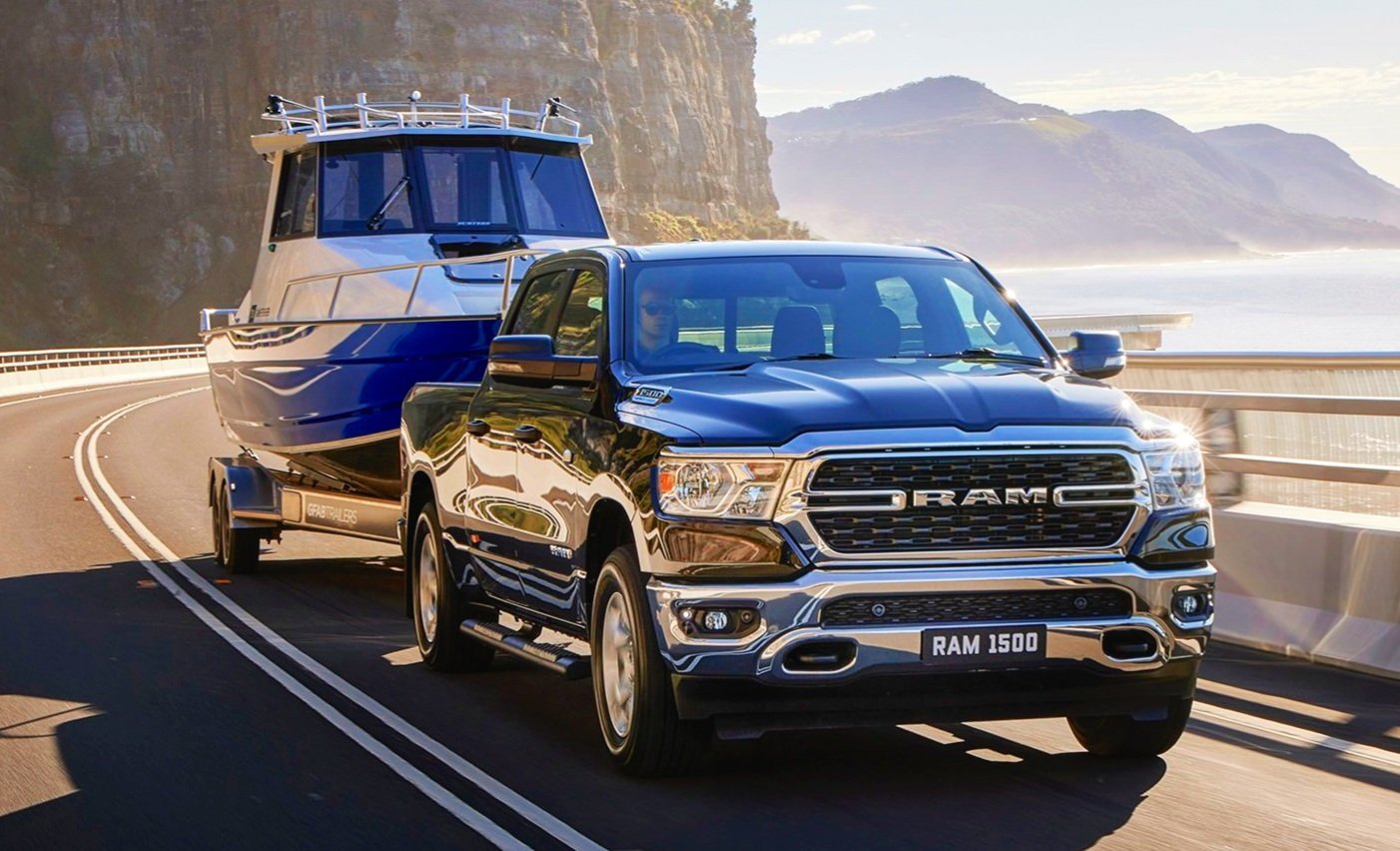
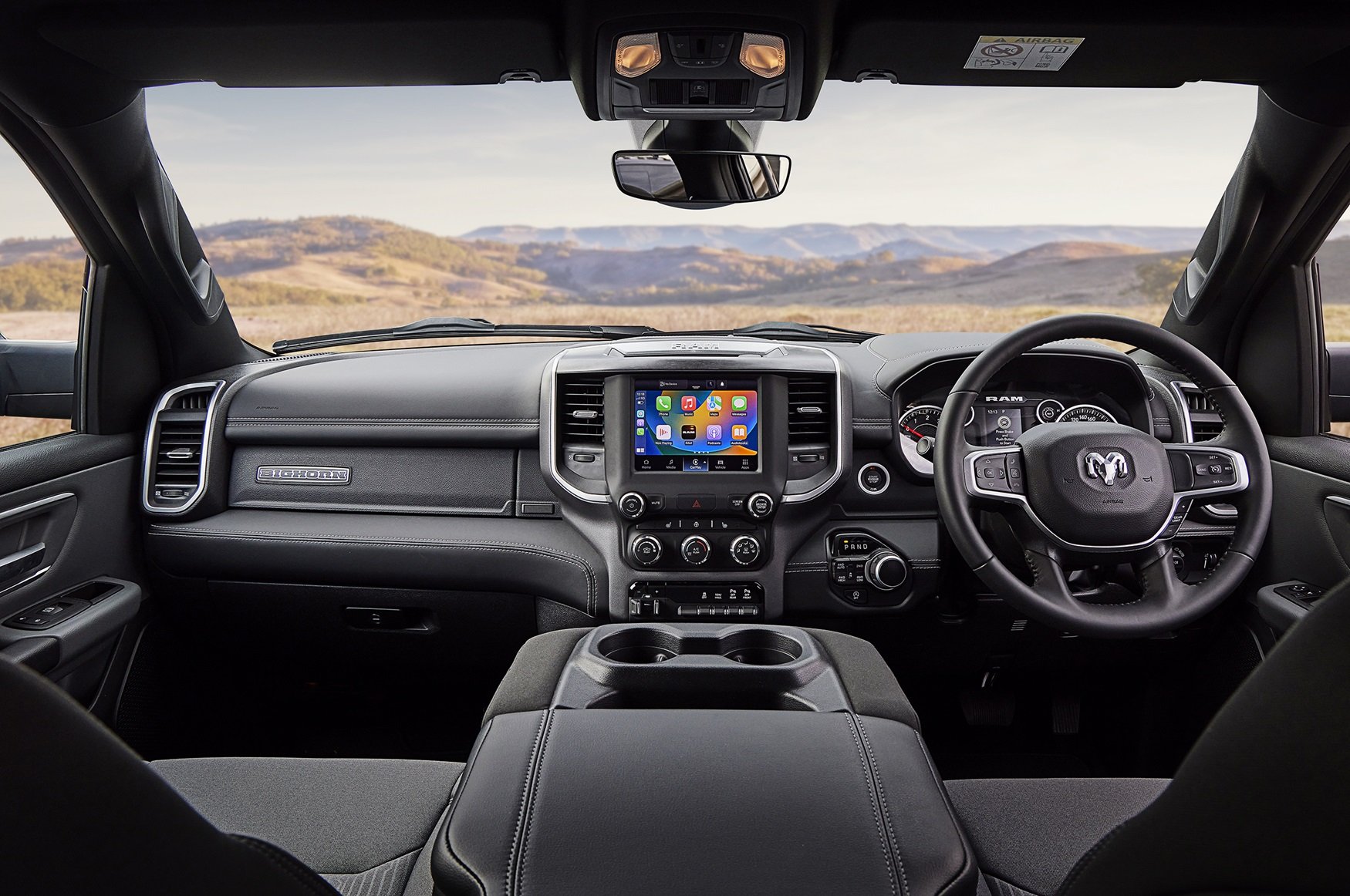


RAM 1500
The RAM pick-up trucks were the first to arrive locally and have increased in sales volume considerably since 2017. The 1500 reached just shy of 6000 units by the end of 2023, which is an approximate increase of 500 per cent compared with 2019. And a RAM does ooze masculinity, so it’s understandable why so many people are wooed by their appeal.
Certainly the main advantage with the RAM is it’s about $14,000 cheaper than the Silverado and about $18,000 cheaper than the F-150 and yet guzzles the same amount of premium unleaded and makes a similar 291 kW of power. albeit slightly lower in the revs - 5600 that is.
Onshore parts availability should be a bit better than it was back in 2017 when it first arrived, although that’s a low bar to clear. RAM Trucks was a massive (literally and figuratively) roll of the dice for Ateco Automotive and Walkinshaw Group back in 2015-17, which seems to have paid off, somewhat. But Ateco has a shaky reputation for customer support, it must be said.
Click here for more on MONSTER TRUCKS: RAM vs CHEVY SILVERADO >>
CONCLUSION
The 2024 Ford F-150 is an impressive addition to the Australian market, blending power, capability and practicality in a full-size ute. It's ideal for those who need a capable workhorse and a comfortable long-distance cruiser.
While the price and size may deter some buyers, those who can accommodate its dimensions and budget will find it a formidable and versatile vehicle.


